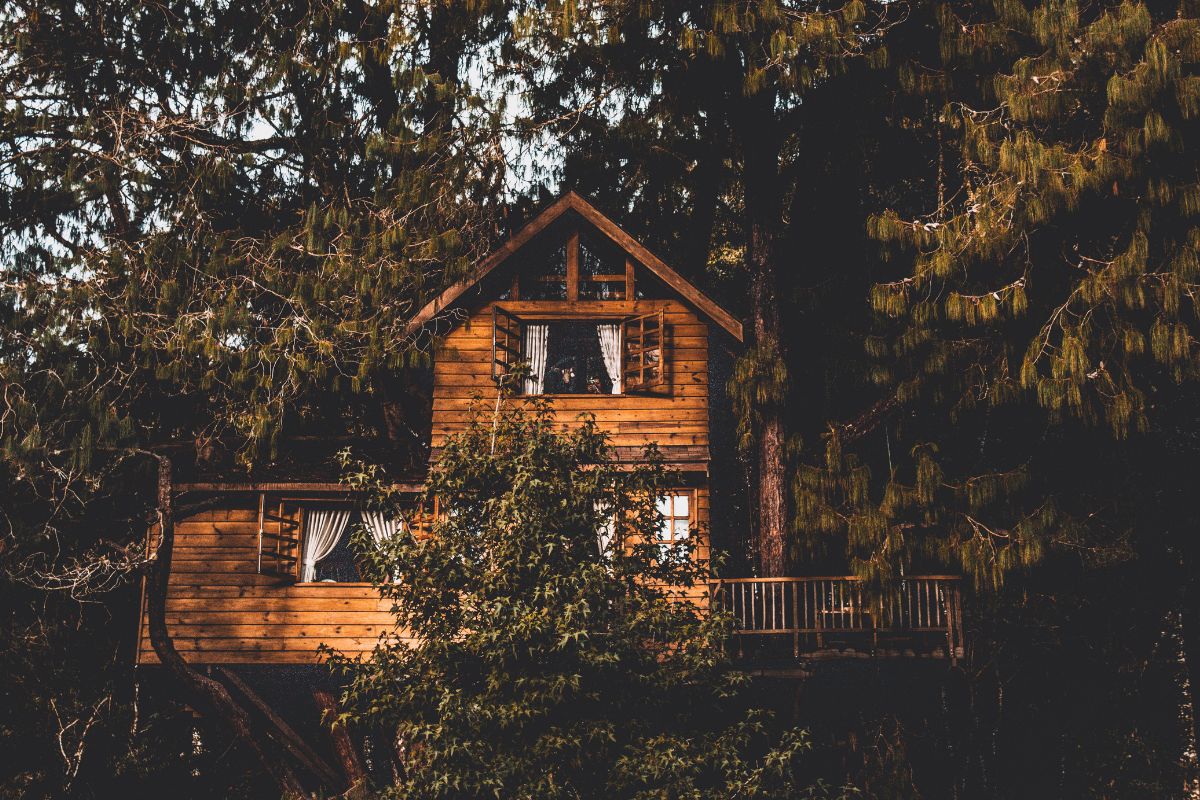Benefits of Tiny House Living
One of tiny house living's biggest draws is its ability to simplify our lives. When we choose to downsize, we shed unnecessary clutter and focus on what truly matters. With fewer possessions, we spend less time organizing and cleaning, freeing up time and mental space for activities we genuinely enjoy.
Tiny houses also encourage a more sustainable lifestyle. By living in a smaller space, we consume less energy and reduce our carbon footprint. Many tiny homes are designed with eco-friendly materials and energy-efficient systems, further minimizing our impact on the environment.
Financial freedom is another significant benefit. Tiny houses cost less to build and maintain than traditional homes. Lower utility bills and reduced property taxes mean we can save more and spend less. This financial flexibility allows us to invest in experiences rather than material goods, leading to a richer, more fulfilling life.
Lastly, tiny house living nurtures a sense of community. With less space for isolation, we often find ourselves engaging more with neighbors and local activities. This close-knit environment helps build strong bonds and support networks, enhancing our overall quality of life.
Choosing Between Treehouses and Cabins
Deciding between a treehouse and a cabin for our tiny home brings both excitement and contemplation. Each option offers unique advantages that cater to different lifestyles and preferences. Treehouses raise us into the treetops, providing an immersive nature experience. We wake up surrounded by the rustling leaves and chirping birds, offering tranquility and a sense of adventure. Nevertheless, treehouses require us to reflect on structural support and accessibility, especially if we have mobility concerns.

On the other hand, cabins provide a grounded, stable living environment. Constructed on solid foundations, they offer more straightforward access, making them ideal for all age groups. Cabins also provide better insulation, which is vital if we plan to stay in areas with extreme weather conditions. Their rustic charm and durability make them a classic choice.
When choosing between the two, we should also ponder our long-term needs. Do we seek the thrill of living among the trees, or do we prefer the reliability of a cabin on the ground? Both options can be customized to our liking, but the ultimate decision rests on how we envision our daily life and comfort. Balancing these factors will guide us to the perfect tiny home.
Design Ideas for Treehouses
Designing a treehouse opens a world of creativity and imagination. We can start by selecting the right tree. A sturdy oak or maple with strong branches provides an excellent foundation. Next, let's think about the structure. Do we want a single-room retreat or a multi-level haven?
Materials play a vital role. Using reclaimed wood adds a rustic charm and is eco-friendly. Windows are essential for light and ventilation. We could opt for large, panoramic windows to bring the outside in, or smaller, cozy ones for a snug feel.
Access is another key aspect. A rope ladder adds an adventurous touch, while a wooden staircase offers more stability. Inside, space is limited, so multifunctional furniture is a must. A fold-out bed or a compact kitchenette maximizes utility without sacrificing comfort.
Adding personal touches makes our treehouse unique. Think about a reading nook with plush cushions or a small deck for morning coffee. Solar panels can provide sustainable energy, making our retreat both cozy and environmentally friendly.
Incorporating these elements guarantees our treehouse isn't just a structure in a tree, but a magical escape that blends seamlessly with nature.
.jpeg)
Cozy Cabin Design Tips
After crafting our dream treehouse, let's turn our attention to cozy cabin design tips. First, maximizing natural light is essential. Large windows not only brighten the space but also make it feel larger. Let's incorporate skylights where possible; they add an element of openness and connect us with nature.
Next, we should focus on multifunctional furniture. Think about a sofa that converts into a bed or a dining table that doubles as a workspace. Space efficiency is key in tiny cabins, and every piece of furniture should serve more than one purpose.
We can't forget about storage solutions. Built-in shelves and under-bed storage can keep our cabin organized and clutter-free. Hooks and pegboards are great for hanging essentials and saving floor space.
For that quintessential cozy vibe, let's use natural materials like wood and stone. A wooden interior can give our cabin a warm, inviting feel, while a stone fireplace adds both heat and charm.
Lastly, personalize the space. Small, meaningful decor items like family photos, handmade crafts, or vintage finds can make our cabin truly feel like home. By following these tips, we can create a cabin that's both functional and delightfully cozy.
Sustainable Living in Tiny Homes
In relation to sustainable living in tiny homes, we can start by embracing eco-friendly practices that make a big impact. One of the key aspects is reducing our energy consumption. By installing solar panels or wind turbines, we generate renewable energy right at home. It's a great way to minimize our carbon footprint and save on utility bills.
Water conservation is another significant element. Harvesting rainwater through a collection system allows us to use this resource for gardening, flushing toilets, and even showering. Additionally, we can install low-flow fixtures to reduce water usage without compromising comfort.

Opting for sustainable materials in our tiny home construction makes a difference too. Reclaimed wood, recycled metal, and eco-friendly insulation materials can all contribute to a lower environmental impact. These materials not only reduce waste but also add a unique charm to our homes.
Lastly, let's focus on waste reduction. Composting organic waste and recycling diligently helps maintain a cleaner, greener lifestyle. By producing less waste, we contribute to a healthier planet.
Must-Have Amenities
In relation to tiny house living, having the right amenities can make all the difference in comfort and functionality. First, let's talk about efficient heating and cooling systems. A compact, energy-efficient HVAC unit guarantees we stay cozy in winter and cool in summer. Next, a well-designed kitchen is essential. Even in a small space, a two-burner stove, a compact refrigerator, and ample storage make meal prep a breeze.
When it comes to bathrooms, a composting toilet and a tankless water heater are game-changers, providing convenience while saving space. Don't forget about a multi-functional showerhead that conserves water without sacrificing comfort.
Lighting is another fundamental. LED lights not only save energy but can also set the perfect mood. Natural light is similarly important, so consider installing skylights or large windows.
Storage solutions can't be overlooked. Built-in shelves, under-bed storage, and loft spaces help us keep the tiny home clutter-free. Finally, a reliable internet connection is crucial for remote work or streaming our favorite shows.
Conclusion
In embracing tiny house living, we discover the joy of simplicity and a closer connection to nature. Whether we choose the adventurous treehouse or the stable cabin, both options offer unique retreats that blend rustic charm with modern comforts. By incorporating sustainable practices and thoughtful design, we can create cozy, eco-friendly homes that enrich our lives. Let's initiate this journey together, nurturing tranquility and community in our beautiful, tiny abodes.






Share: